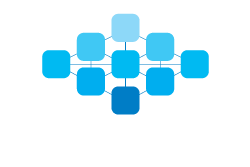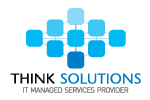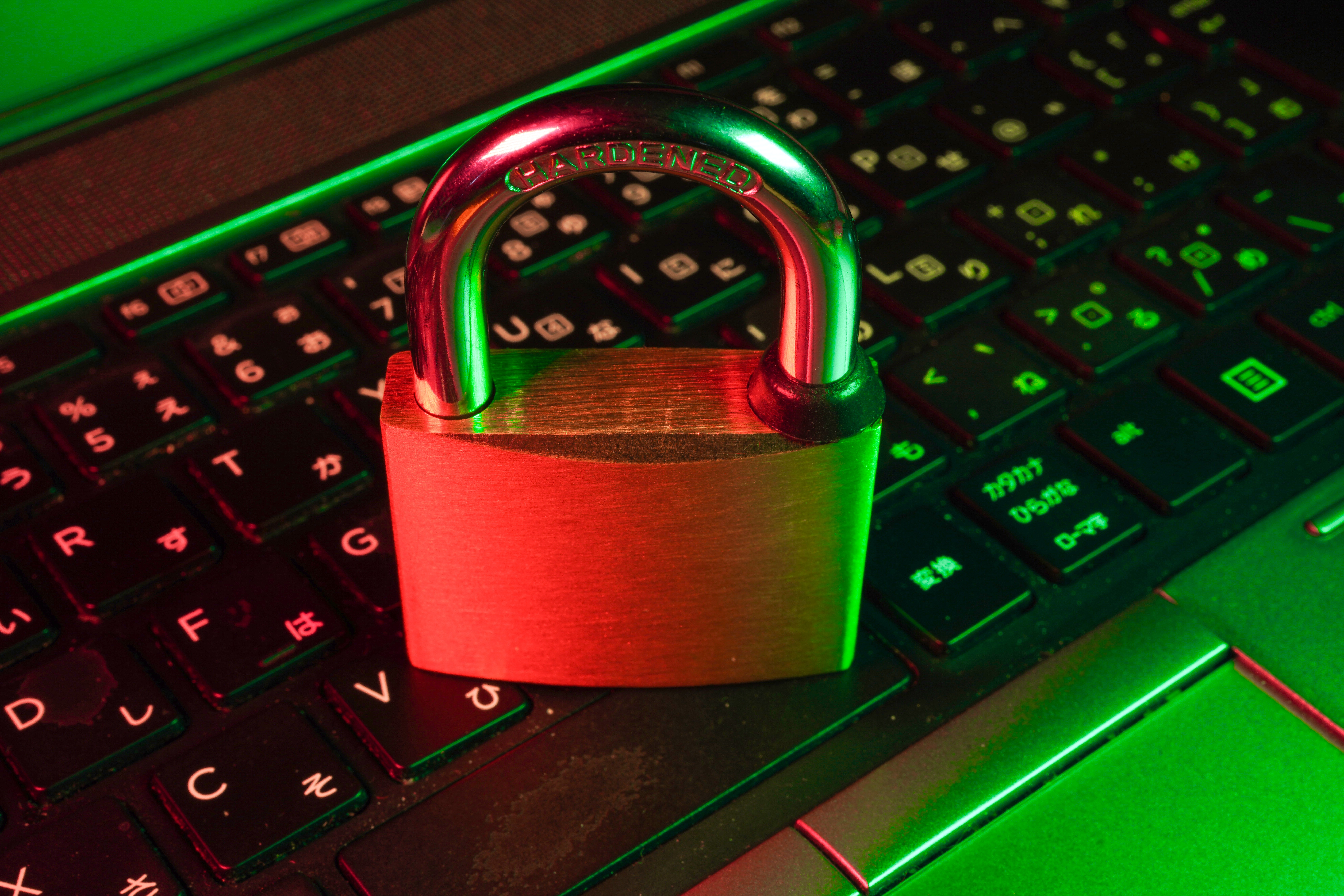In today’s fast-paced world, cybersecurity has become one of the most critical concerns for individuals, businesses, and governments. As technology evolves, so do the methods of cybercriminals. The increased reliance on technology has made cybersecurity more important than ever before. The need to protect against cyber threats is not limited to big corporations and government agencies. Small businesses, individuals, and organisations of all sizes need to be vigilant about their security measures.
With the constant evolution of technology, it is imperative to stay up-to-date with the latest cybersecurity trends. This blog post aims to highlight some of the cybersecurity trends that we should watch out for in the upcoming year.
One of the most significant cybersecurity trends to watch out for in the upcoming year is the increased use of Artificial Intelligence (AI) in cybersecurity. AI has already started to play an essential role in cybersecurity by helping detect anomalies and predicting future threats. With AI, cybersecurity professionals can detect and respond to threats more quickly and efficiently.
AI can also help to automate some of the more tedious and time-consuming tasks involved in cybersecurity , such as network monitoring and threat detection. AI can quickly analyse vast amounts of data and identify patterns that human operators may miss, making it an invaluable tool for cybersecurity professionals.
Another significant cybersecurity trend to watch out for in the upcoming year is zero-trust network security. Traditional perimeter-based security models are no longer sufficient in today’s world of remote working and cloud-based computing. Zero-trust security assumes that any device or user could be a potential threat and requires verification before granting access.
Zero-trust security models rely on identity and access management solutions to verify the identity of users and devices before granting them access to sensitive data. This approach helps to prevent unauthorised access and reduces the risk of data breaches.
Multi-factor authentication (MFA) has been around for a while, but it will continue to be a crucial tool for preventing unauthorised access to sensitive data. MFA adds an extra layer of security to the login process by requiring users to provide two or more pieces of evidence to authenticate their identity.
MFA solutions typically require a combination of something the user knows (such as a password), something the user has (such as a token or smart card), or something the user is (such as a biometric identifier like a fingerprint). MFA solutions are becoming more user-friendly, making them an attractive option for businesses and individuals alike.
Employee training will continue to be a crucial aspect of cybersecurity in the upcoming year. As the saying goes, employees are the weakest link in the cybersecurity chain. Cybercriminals often use phishing scams to target unsuspecting employees and gain access to sensitive data.
Employee training programs can help educate staff on the importance of cybersecurity and teach them how to recognise and avoid common phishing scams. By teaching employees to identify and report suspicious activity, businesses can reduce the risk of successful cyber attacks. Make your employees an asset to your companies security posture with Think Solutions’ Security Awareness Training.
In conclusion, staying up-to-date with the latest cybersecurity trends is essential in today’s world. The increased use of AI, zero-trust security models, more robust MFA solutions, and employee training will be some of the trends to watch out for in the upcoming year. By implementing these measures, businesses and individuals can reduce the risk of cyber attacks and protect their sensitive data. Remember, cybersecurity is a shared responsibility, and everyone has a role to play in keeping our online world safe.
Think Solutions can assist, contact sales@thinksolutions.com.au or our cybersecurity webpage : https://www.thinksolutions.com.au/solutions/cyber-security/ for more information.


